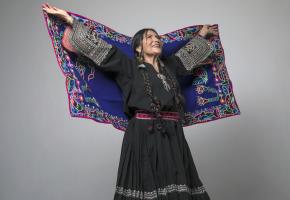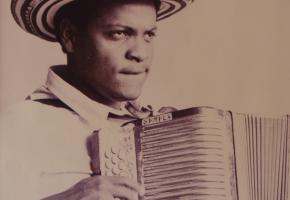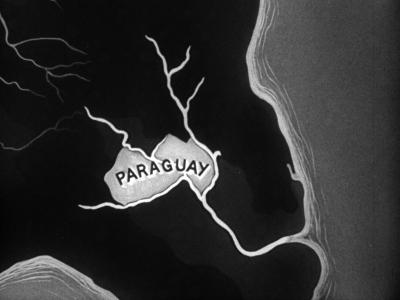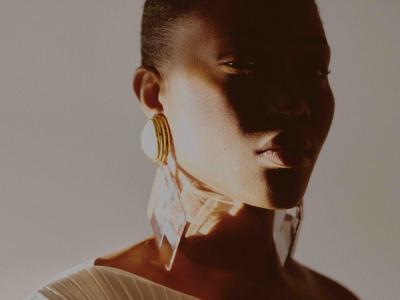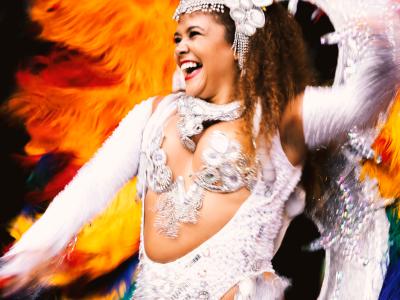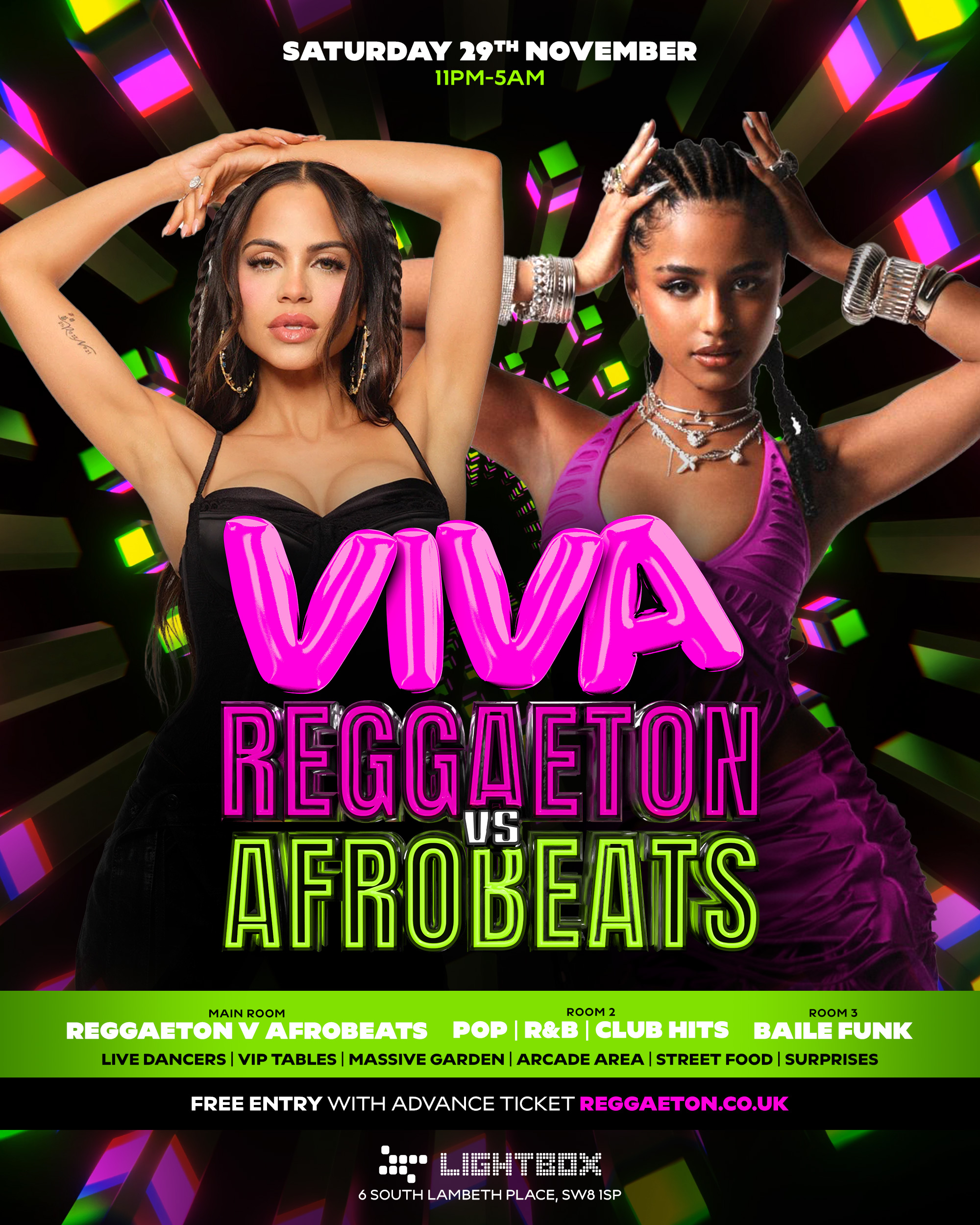If you ask most people what they’d most associate with Cuba, beaches, cigars and Fidel Castro would be high on the list, along with music, most probably elderly musicians playing Son and Bolero. For visitors to the island, this image is ever-reinforced in the tourist bars, where musicians are obliged to stick to the said ‘Buena Vista’ repertoire day and night in a kind of inescapable loop. More knowledgable ‘Cuba fans’ might mention Rumba, Trova, Afrocuban music or the complex “fast and furious” Cuban style of salsa known as Timba. But tonight I’m heading in a totally musical direction to sample something that most tourists will never see.
No, I’m not talking about torrid under-the-radar rumba sessions or mystical Afrocuban religious ceremonies; I’m actually on my way to see a group of young Cuban musicians perform classical European Baroque music. I’ve been invited by Gabriela Mulen, a respected up-and-coming young pianist and harpsichordist who is also in the unusual position of being one of only two (yes, just two!) professional organists in the whole city. That’s one in a million, literally.
Gabriela also tells me casually that she combines being one of the country’s most distinguished organists with a second career playing salsa piano in a popular Havana group. I’m fascinated to understand what leads a young Cuban musician to choose a career predominantly in classical music in a country where resources are so limited. What kind of challenges (musical or otherwise) must be involved in combining two so different musical genres?
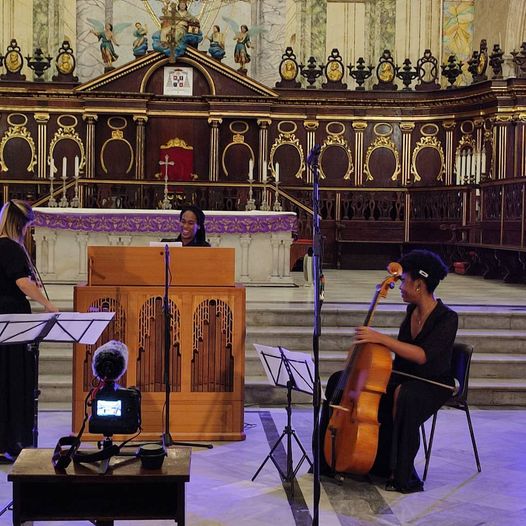
After the usual Cuban public transport challenges I arrive at the beautiful concert venue near to the Port of Havana, known to Habaneros simply as “La Basílica” rather than its formal title of “La Basílica Menor Del Convento De San Francisco De Asís”. Built by the Spanish the Basilica was commandeered by the British during their brief occupation of Havana in 1762/3 and since 1959 Revolution has served as museum and concert venue specialising in classical music.
I buy my 30 Cuban peso (about 25 pence!) ticket and enter the church. It’s a beautiful building with soaring arches and exudes a spiritual calm very different to the bustle of the city outside. We meet in the courtyard and Gabriela starts by giving me a brief current overview of classical music in Havana.
“There’s an active classical music scene in Havana across both Symphonic, Chamber Music, Opera and Zarzuela styles but it’s often difficult for groups to be consistently active for reasons of lack of funding. There is the Symphony Orchestra and the orchestra of the Mozartian Lyceum is also very good plus we have various Chamber orchestras as well as that of the National Ballet. In addition there are the two groups focused on Early Music which is my speciality: Ars Longa, my regular group and Cantabile, which is performing tonight and have invited me to play with them.”
While Gabriela has relatives who were musicians, classical music was by no means the only influence, either inside or outside school, that lead her to obtain a place in Cuba’s legendary music education system although
“I was born and raised in a poor neighbourhood in the heart of Old Havana called “los Sitios”, absolutely surrounded by Rumba and Batá drumming where even young children already have a tremendous sense of rhythm,” she says. “I studied elementary piano at Manuel Saumel, a specialist music school, following on to the Amadeu Roldan Conservatory where I started taking classes in organ and harpsichord and flirting with Early Music.”
“At school my colleagues and I also aspired to play jazz, which wasn’t actively discouraged like in past times, as long as you kept up with your classical homework. I then entered the Higher Institute of Art (Instituto Superior de Arte) where I graduated with a gold medal and also won a number of prizes. Before I graduated at the age of 23 I’d started playing professionally in a group playing Cuban son and salsa. In fact I’m still working in a salsa group called “Marquetti and Habana Swing”.
Through her organ teacher Moisés Santiesteban, Gabriela became aware of Early Music. “My teacher used to be the organist in Ars Longa, the group which really launched Early Music in Cuba more than 25 years ago and was the only one for a long time. Ars Longa has always had an academic program of classes and master classes which others and I attended. When my teacher left the group I joined and that was the start of my professional career in Early Music. Later on some ex-members formed Cantabile and they sometimes invite me to play with them like tonight for example.”
Gabriela mentions some of the difficulties of frequently switching between playing classical genres such as Baroque and latin dance music.
“It takes a lot of study to play Early Music and popular genres interchangeably because you have to be very flexible. Also in my case the instruments and styles I play, popular piano, classical piano, harpsichord and organ all have very different concepts and techniques. I have to kind of change “the chip” in my head both rhythmically and technically. Having said that I’ve learned that one thing feeds another and people don’t realise the extent to which that happens. My background was humble but very musical and I don’t want to abandon that connection in my music. Also as a Cuban I can’t try to be European, a German for example. Why should I abandon my Cuban-ness instead of trying to bring some of that Cuban rhythm and warmth which is inside me to classical music? Obviously a European has rhythm but in a different way to a Cuban. How to bring all my background into that is very interesting, to ask myself “how can I make a difference to this music being Cuban and black, from Los Sitios?”
And plans for the future? “Previously one of my ambitions was to emigrate, something many young Cubans think about. However my involvement in Early Music has opened a lot of doors so my ideas have changed. For example in Cuba we need this music to prosper and I’ve realised I can be a part of that. Our school of Sacred Music here has a relationship with an institution in Regensburg Germany called the The College of Catholic Church Music and Musical Education, the oldest of its kind in the world. My teacher is spending more time there now so we’re in discussions about how I can backfill some of his work here in Cuba, which is exciting.”
Recommendations for visitors to Havana who’d like to attend Early Music concerts?
“Ars Longa hosts the Esteban Salas Early Music Festival every year and we also have “Baroque September” for the whole month where the other groups in Cuba also play. Then in November there is a whole season dedicated to organ music. Early Music fans can also check out the websites and Facebook pages of Ars Longa and Cantabile as well as the page of the Mozartian Lyceum. There are also Early Music Groups in other parts of Cuba such as Exulten from Bayamo and Ars Nova from Santa Clara who come to Havana for these events.”
Ars Longa Early Music Group.
https://www.facebook.com/ars.longa.507
Cantabile Early Music Group.
https://www.facebook.com/Ensemble-Cantabile-107378547978438/




